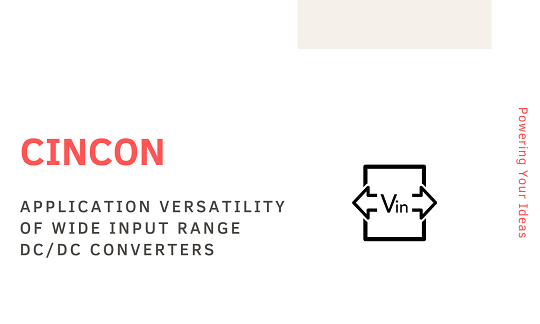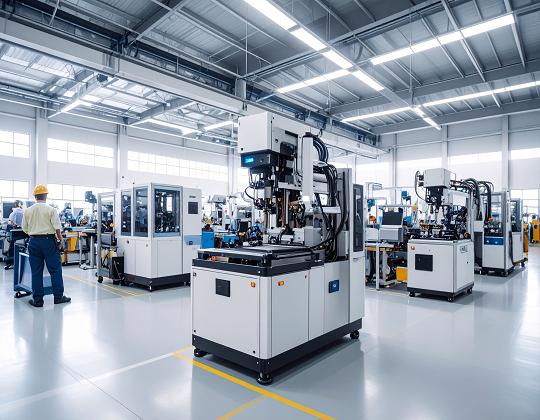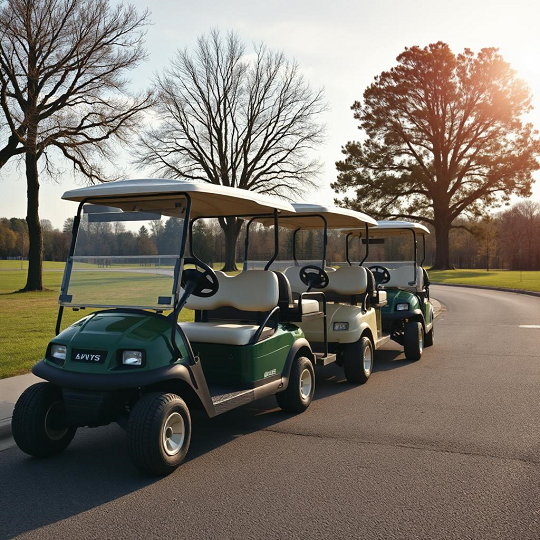新聞與活動
Application Versatility of Wide Input Range DC/DC Converters
13
Jun

Demands of Voltage Variability in Modern Applications:
Today’s electronic systems—spanning industrial automation, transportation, telecommunications, and automotive sectors—demand power solutions that can withstand significant input voltage fluctuations. These variations often stem from unstable power sources, battery discharge cycles, or challenging environmental conditions. Conventional DC/DC converters with a narrow 2:1 input range often fall short, adding to design complexity, inventory burden, and potential reliability issues. This makes wide input range DC/DC converters an essential choice for ensuring flexibility and dependable performance.
Challenges In The Past:
In the past, the input range of DC/DC converters was constrained by the limitations of PWM controller ICs—particularly duty-cycle restrictions that capped the range at approximately 4:1. Thanks to advances in semiconductor technology, modern controller ICs and power components can now operate at higher switching frequencies with reduced switching and conduction losses. This enables DC/DC converters to achieve larger duty cycles while handling both high and low input voltages with improved efficiency. As a result, today’s DC/DC converters are available with much wider input ranges—commonly 8:1 or even up to 18:1—opening the door to more robust and versatile power solutions.
Why Choose Wide Input Range DC/DC Converters?
From a technical design perspective, wide input range DC/DC converters offer two key advantages:
‧ Design Flexibility: A single power module can be used across different systems operating with different bus voltages. This enables a unified power board design, reducing development time and engineering effort.
‧ Tolerance to Voltage Fluctuations (Spikes and Dips): Wide input range DC/DC converters are designed to handle extreme input voltage variations. For example, an 18:1 converter can tolerate surges up to 200VDC and dips as low as 8VDC. This capability extends the system’s hold-up time before shutdown, ensuring continued operation during events like automotive cold starts or voltage swings in battery-powered systems. It also helps protect sensitive electronics from instability or unexpected power loss.
In addition to these technical benefits, using a wide input range converter can often eliminate the need for multiple narrow-range models. This reduces BOM complexity, streamlines inventory management, and simplifies procurement processes.
Suitable Applications:
1. Railway Systems
Railway applications require power supplies that support a broad range of DC input voltages—commonly 24V, 48V, 72V, 96V, and 110V—depending on the train type and regional standards. These systems often encounter significant voltage variations, such as dips during startup or spikes from regenerative braking. Input voltages can range from as low as 14.4V to as high as 154V. A 12:1 wide input range DC/DC converter (e.g., 14–160VDC) is therefore ideal for ensuring stable operation and compatibility across different railway applications.

2. Industrial Automation and Communication Equipment
Industrial and telecom systems typically operate on 24V or 48V DC bus voltages, which are prone to voltage variations and transients. A wide input DC/DC converter with an 8:1 input range can efficiently cover both voltages within a single model, simplifying system design and enhancing resilience to power disturbances.

3. Renewable Energy – Solar Applications
In solar power systems, input voltages vary significantly due to changing environmental conditions such as sunlight intensity and temperature. When multiple solar panels are connected in series, voltage levels can become high (over 1000V) and unpredictable. Wide input DC/DC converters can handle these fluctuations, ensuring consistent power conversion and reliability in solar and energy storage systems.

4. Electric Vehicles – AGVs, AMRs, forklifts, and Golf Carts
Electric vehicles such as AGVs, AMRs, forklifts, and golf carts are increasingly adopting 48V or 96V battery systems to replace the older 24V standard, aiming to reduce power transmission losses and extend vehicle range. Many of these newer systems are designed to support 300W or more and are subject to wide voltage fluctuations due to varying load conditions and charge states. A wide input DC/DC converter can accommodate these variations—such as 14.4V to 160V for both 48V and 96V systems—while delivering stable power to critical subsystems like controllers, sensors, and communication units. With support for a broad input range, a single converter model can be used across various vehicle types in battery-powered electric mobility platforms.

Cincon solutions for wide input DC/DC converter
Cincon offers a broad range of DC/DC converters with ultra-wide input ranges—from 8:1 up to 18:1—engineered to meet the demanding requirements of industrial, railway, renewable energy, automation, and more applications. Designed for durability, these converters are tested to withstand voltage surges, transients, shock, and vibration, ensuring reliable and stable performance even in the harshest environments.
See more information at our Ultra-wide input range page.
Contact Cincon for Support: sales@cincon.com













































